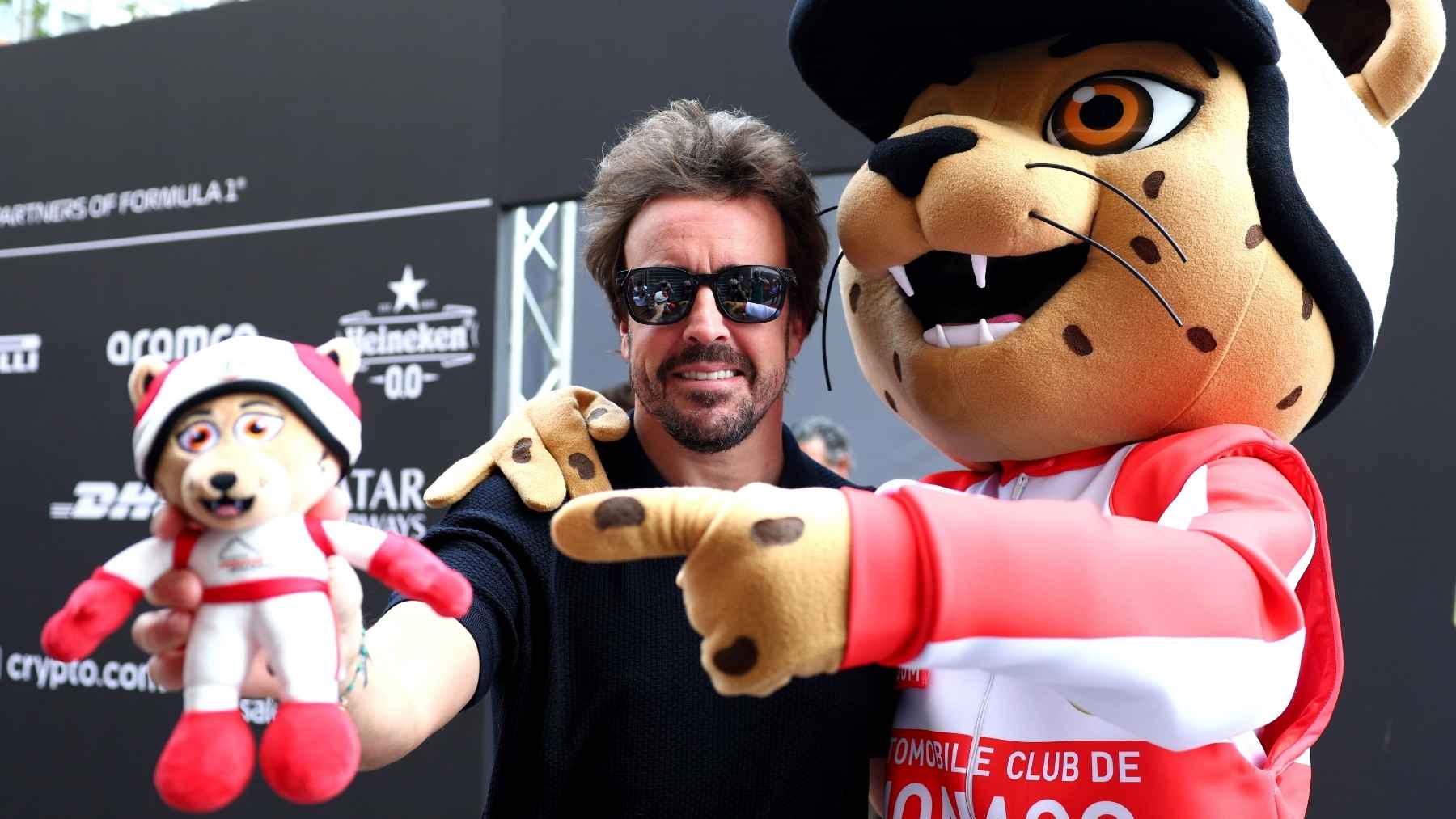The Monaco Grand Prix is one of the most important races of the season, due to its history and glamour… it’s one of the dates marked in red on the calendar. But it is true that, just as it is one of the most iconic races because of what it means to race through the streets of Monte Carlo, it is also one of the most complicated races for some spectators, as the difficulty for drivers to overtake makes the race relatively monotonous. That is why the FIA has introduced new regulations exclusively for this race, in order to make it more spectacular.
Monaco Grand Prix, qualifying and race
Saturday qualifying in F1 is very important and usually sets the tone for what we can expect in Sunday’s race, but it is by no means definitive.
But in Monaco, qualifying is much more important, as overtaking on the track is almost impossible for any driver, even if they have the best car on the grid against the worst. The narrow lanes of Monte Carlo and the walls, as well as low visibility, make overtaking impossible, although we have seen it happen on occasion, but it is very, very difficult.
Reasons for the rule change
Overtaking in Monaco is so difficult that drivers could complete the race with just one set of tires, the hard compound. Given that overtaking is almost impossible, they can manage to get to the finish line. Although in today’s F1 it is mandatory to complete the race with two different sets of tires, there are circumstances in the race that can undermine this rule, especially in Monaco.
This happened last year when Sergio Pérez and Magnussen suffered a heavy accident in the first corners of the circuit, forcing the safety car to be deployed. Most drivers took the opportunity to switch from medium to hard tires and drive with these tires from virtually the start to the end of the race. It was a procession of cars and nothing happened in the race. This has led the FIA to take action on the matter.
The new regulations for the Monaco Grand Prix
The FIA is looking for ways to make the Monaco F1 Grand Prix more spectacular and has decided that teams must make two pit stops. This means that some teams may opt for different strategies, and some could benefit from incidents during the race. On the other hand, the tires can be pushed to the limit, and although overtaking will still be very difficult, it could be somewhat more feasible.
No tire management means that drivers can give 100% and squeeze the most out of their cars, which meanshigh wear and tear and taking more risks, which, in principle, seems like a good solution from the FIA to make the race more exciting.
The Monaco Grand Prix is here, a legendary and special race on the calendar. And the FIA wants this important weekend to recapture the excitement it has lost in recent years with longer, more sophisticated cars that prevent there from being more spectacle. The essence of the Monte Carlo circuit will be the same as always, but the new regulations implemented by the FIA will add a little more excitement to a race that needs something extra to keep fans glued to their TVs. Now things can happen, there are more options to see how each team reacts to the new regulations. We will see if the FIA achieves its desired goal, which is to see more excitement in a race that used to be (almost) decided by Saturday’s qualifying.

